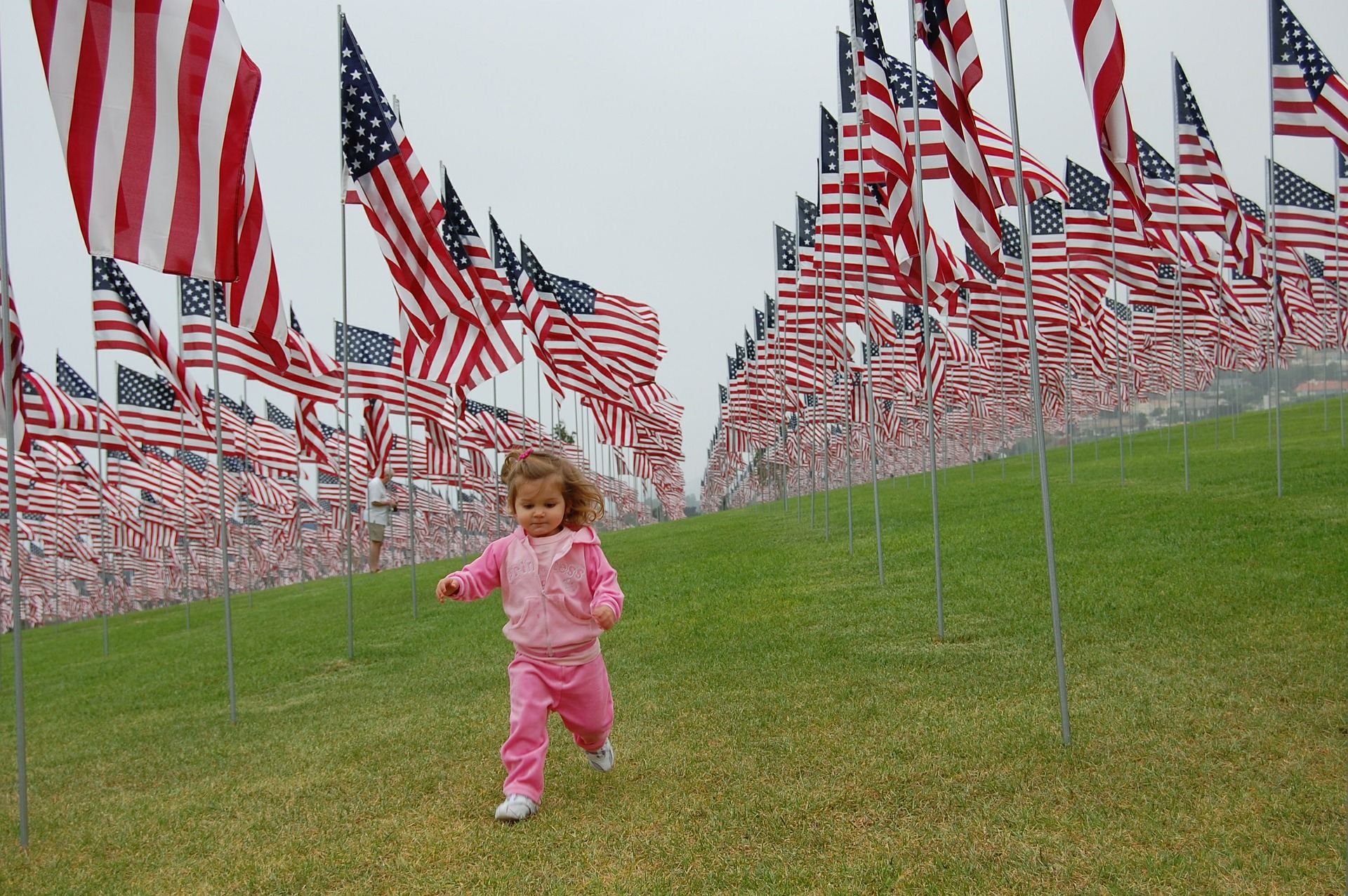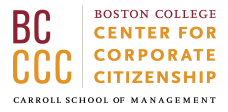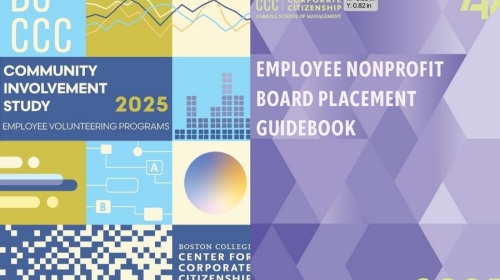 View all Community Involvement resources >
View all Community Involvement resources >
Corporate citizenship initiatives focused on veteran hiring and engagement are becoming increasingly popular because they provide a win-win situation for companies and military families alike: Veterans provide companies with valuable transferable skills and consistently prove to be dependable and hardworking team players, while companies provide veterans with the stability and purpose to help their families thrive.
The veteran population in the United States was comprised of nearly 21 million men and women in 2016—roughly equivalent to 9 percent of the U.S. population. Many of these veterans have a difficult time securing employment, particularly those who served in the armed forces following September 2001. These younger vets had an unemployment rate of 4.6 percent in May 2017, compared to the national average of 4.0 percent.[1]
Companies are in a unique position to make a difference in this area—which is why there has been an increase in public-private partnerships that aim to support veterans and military families with job opportunities and additional services.
For example, in 2016 the U.S. Department of Labor and the U.S. Department of Veterans Affairs launched the Veterans Employment Center, an online portal that provides valuable resources to jobseeking veterans and military families. The portal also tracks commitments made by businesses to hire specific segments of veterans, including military spouses and homeless veterans, and provides a free toolkit to employers that are interested in hiring veterans. To date, the initiative reports over 600,000 veterans hired by a wide range of companies.
Today there are a large number of companies that have made public commitments to hiring and supporting veterans. Businesses tend to align these initiatives to their company culture and hiring needs, so commitments can vary greatly from one company to the next, with no two being exactly identical.
USAA, a financial services firm established in 1922 to better serve military members and their families, is particularly invested in serving this population. In addition to their bold commitments to hire and engage veterans and their spouses, USAA recently worked with Blue Star Families and the University of San Diego to distill best practices in theCorporate Playbook for Supporting Military Families. The playbook provides the business case for action on veteran hiring—the military affinity audience is 100 million Americans with $1 trillion in spending power—alongside thoughtful advice that companies can use to implement successful veteran hiring and engagement programs.
Some companies choose to focus on specific segments of veterans and military families. Raytheon established its Operation Phoenix Program with the mission of providing opportunities to veterans who were severely wounded, injured, or ill during combat operations after September 2001, in addition to Wounded Warrior spouses and caregivers who took on the role of primary wage-earner for their immediate family.
In order to keep veterans satisfied at work, some businesses focus their military initiatives on employee engagement by building internal networks that offer special opportunities and services. First Data, for example, coordinates a company-wide Military Affinity Group which provides community building, networking, and professional development opportunities to about 900 military-affiliated employees.
Recently, leaders from these companies discussed their efforts during a webinar. There, James Bragg, program manager of corporate responsibility at USAA, Meg Hendricks, corporate citizenship program director at First Data, and Kim Parks, senior manager of community relations at Raytheon Space and Airborne Systems, discussed how they are building opportunities and support systems for veterans and military families. As always, members can check out this webinar—and many more—on-demand.
View all Community Involvement resources on the topic page:

[1] Note: These rates are not seasonally adjusted. Seasonally adjusted unemployment for the US population was 4.3 percent in May 2017. Seasonally adjusted unemployment rates for veterans in May 2017 are unavailable. https://www.bls.gov/news.release/pdf/empsit.pdf








